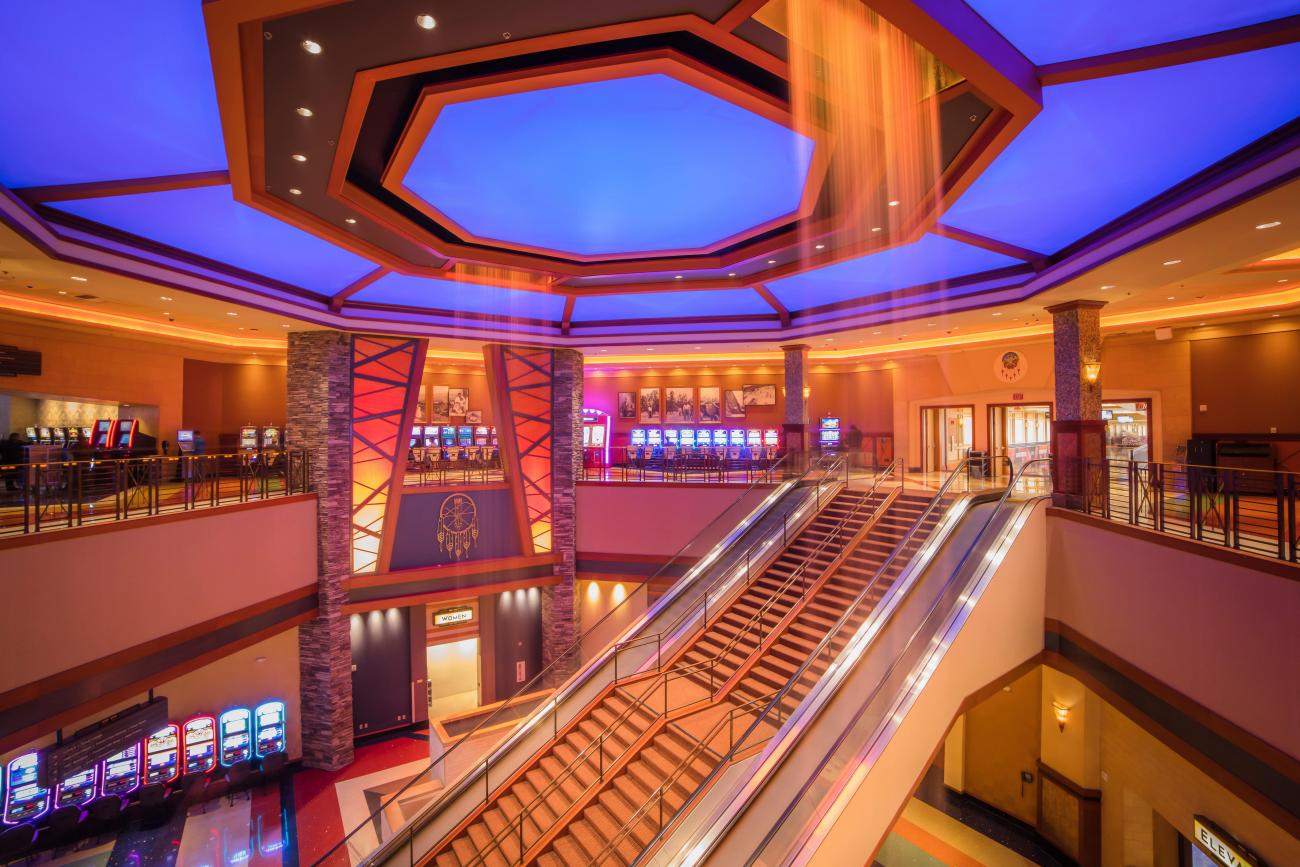
Gambling games have long captivated people’s attention, drawing gamblers into a realm filled with luck, tactics, and the allure of excitement. Each game is meticulously crafted not just for entertainment, but also to elicit specific emotional responses that keep gamblers immersed and interested. Understanding the drives behind these designs reveals much about how behavioral psychology plays a vital role in the gaming experience.
From the bright lights and lively sounds to the complex layering of guidelines and incentives, casino games are designed to create an atmosphere of thrill and eagerness. Game designers leverage behavioral strategies to influence gambler behavior, whether through the use of winning opportunities, near-miss scenarios, or social interactivity. By examining these factors, we can better appreciate how casino games fulfill not just a need for entertainment, but deeper psychological needs for adventure and hazard.
Understanding Player Behavior
Casino games are designed with a deep understanding of player psychology, which is crucial for attracting and retaining players. The rush of the game, coupled with the hope of winning, creates a strong draw. Game designers make use of elements like sound effects, dynamic graphics, and captivating gameplay to seize attention and evoke emotional responses. 78WIN These sensory effects enhance the overall experience, making players feel more involved in the game.
Another notable aspect of player behavior is the notion of risk and reward. https://78win.id/ Casino games often weigh risky situations with the potential for substantial rewards, which can result in the phenomenon known as near-miss experience. When players come within reach to winning, the brain releases dopamine, bolstering their behavior and encouraging them to keep playing in quest of that fleeting win. This cycle of hope and disappointment plays a critical role in how games are designed and advertised.
Lastly, community aspects also play a pivotal role in player behavior at casinos. Many games are designed to be played in groups or alongside other players, nurturing a sense of community and collective experience. The interaction inherent in games like baccarat enhances enjoyment and can culminate in extended gameplay. Designers capitalize on this by creating environments that encourage players to stay, connect, and revisit, making the overall casino experience more attractive.
The Role of Imagery and Sound
Imagery and sound play a significant role in enhancing the player’s experience within gambling games. Designers utilize bold colors, eye-catching graphics, and engaging animations to grab gambler’s attention and hold their focus. The use of themes, such as exploration or luxury, helps create an engaging atmosphere that takes players into another world. By appealing to the senses, these elements contribute to a intensified emotional response, encouraging players to engage more profoundly with the games.
Sound design is just as important in reinforcing the overall experience of casino games. The mix of background music, audio effects for successful combinations, and ambient noises creates an sound landscape that keeps players enthralled. Audio cues associated with victories, such as chiming bells or festive music, evoke feelings of thrill and satisfaction, prompting players to keep playing. These audio cues are strategically placed to enhance the excitement of the game and create a more immersive experience.
Moreover, the synchronization of visuals and sound is important for reinforcing the game’s overall theme and mood. Each element should coordinate harmoniously to create a unified experience that draws players in. The effective use of this synergy not only improves user enjoyment but also increases the likelihood of return play, as players become more invested in the immersive world that the gambling games offer. This thoughtful integration of visuals and sound ultimately enhances player involvement and commitment.
Incentive Systems and Participation
The development of casino experiences heavily depends on incentive systems to keep participants involved and coming back for more. These structures are based in psychological theories that take advantage of human nature and desire. Players are often driven by the excitement of success, which is supported by immediate feedback through the game structure’s design. This instant gratification not only improves the gaming experience but also cultivates a sense of achievement, prompting players to keep playing in hopes of bigger rewards.
Gaming establishments implement various incentive systems, such as jackpots, extra rewards, and multipliers, to engage players. These elements create a layer of excitement that maintains engagement. Additionally, the unpredictability of outcomes plays a crucial role in sustaining interest. The intermittent reinforcement schedule, where successes are random but happen often enough, keeps players on edge and driven to keep playing. This cycle of anticipation and anticipation is essential to the effectiveness of casino games.
In addition, community aspects, such as competitive events and collaborative options, boost the engagement factor by tapping into the competitive nature of participants. The shared experience of gaming with fellow participants can intensify the thrill of winning and create a community atmosphere within the casino. By combining these social dynamics with effective reward systems, gambling experiences don’t just offer entertainment but also nurture a stronger bond among participants, reinforcing their loyalty to the gaming experience.
